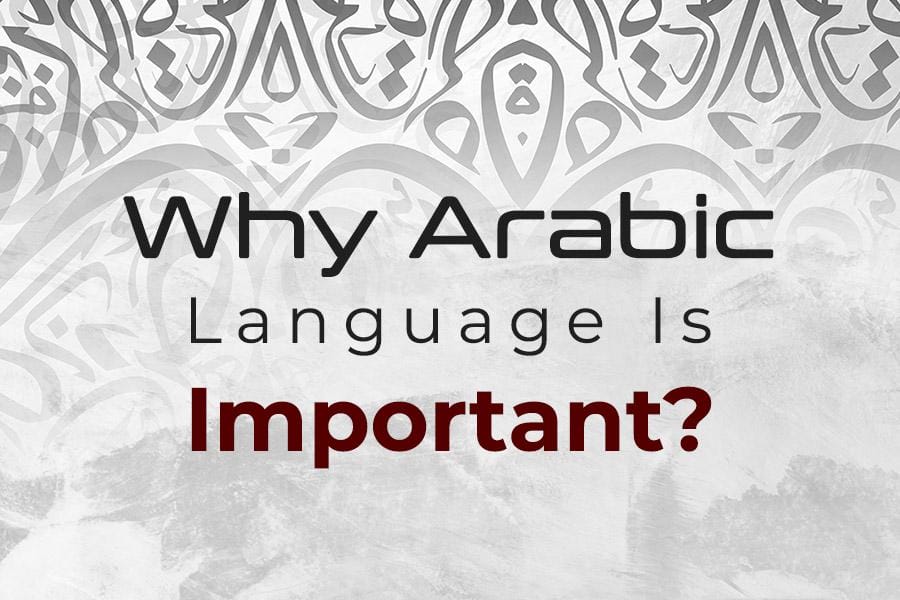
Why Arabic language is important?
- Posted by Ulum Al-Azhar Academy
- Categories Speak Arabic
- Date January 18, 2023
Why Arabic Language is so unique?
The Arabic language is a unique language, and has many special and unique features which make it suitable for it to convey; many meanings in few words, subtleties, emphasis and powerful imagery through speech alone.
If God was to convey a message to mankind, it would be through a language which is easy to learn, and has the highest form of expressiveness.
I believe that Arabic is that language by which He communicated His final Message to mankind, and I will try to prove it through this Book – Qur’an, the Linguistic Miracle.
In the first section of this Book, I will be introducing Classical Arabic (a more in depth version of the language in comparison to the Modern Fus-ha Standard, Spoken Arabicaka MSA).
I will explain the literary tools of Classical Arabic, with examples, and later near the end of this section, I will share a few gems of Classical Arabic language, to give you a feel of how the Classical Arabs expressed themselves through Poetry, and what powerful literary tools they used to convey their message to an equally praiseworthy literary audience.
What is the Arabic language?
Arabic is an ancient Semitic language, believed to be over 2000 years old. So it has had alot of time to develop, and enrich its meanings and linguistic beauty.
Some say it – the language– has been inspired and preserved miraculously in its pure form.
It has stayed firm and pure to its roots, meaning that words and their meanings which were said over 1,400 years ago are still preserved and documented for us uptill this day.
Unlike many other languages where words change meanings every few generations, and the meaning of the original word is lost.
An example in the English language today is the word ‘wicked’ which meant ‘evil’ last generation, but in this generation it means ‘good.’ It may be that 2 generations ahead, ‘wicked’ may only be recognized as meaning ‘good’, possibly making future readers of the language confused.
How is Arabic Structured?
Arabic works with a triliteral root system, which means that most words are made of 3 Root Consonant letters, and other 1 and 2 letter words with different meanings surrounding that word.
It is then for the reader to use his knowledge of the language to separate and distinguish between the letters to understand which letter means what.
This will be explained later in the book, and is a fun part of learning the language. (Almost like connecting a jigsaw puzzle.)5
How does Arabic language work?
Arabic 3 Consonant lettered words are usually ‘Descriptions’.
These Descriptions will then fit into Contexts for Objects.
For example; the word ‘sayyaarah’ means ‘Car’. But in reality, it comes from the root meaning
of the 3 Root Letters: Siin-Ya-Ra (s-y-r) = Meaning: ‘Travelling through Movement.’
We therefore see that other words like i.e. ‘he went for a walk’ (saara), or “s iiyrah” (walk through a journey), which have similar Root letters have similar meanings, simply due to their Root letters being the same.
This makes it extremely easy to know what a word means in Arabic, because you might see a long difficult word, but you break it down to look at its root 3 letters – and voila! You know what root meaning and description is being hinted at.
This allows you to visualize the picture being portrayed through the Arabic.
This root system is also found partially in other languages, but Arabic sustains this rule throughout its entire language consistently, which makes its richness even more exciting to explore.
What makes it even more exciting is that the Arabic language has one of the richest sets of Vocabularies in the world, probably more than any other language.
(For example: the Arabs have over 1000 words just for describing the Camel, and over 60 different words for Love!) And the amazing bit is – every word has its own shade of meaning, so two words could be similar, but they both would have a slightly different implication in meaning.
Arabic has no unnecessary words in it: Arabic is extremely concise i.e. A sentence of 7 words in English can be said in just 7 letters of Arabic!
Example; English: ‘Both are at war with each other.
Arabic: yu-Haarib-oon. [pattern 6 on the Arabic verbs scale.]
(Note: vowels are not included as ‘letters’ in Arabic language since they can be omitted and the word i s still readable.)
See how concise Arabic is?6 Arabic is a language which is directly to the point, and removes all unnecessary words from a sentence, so that only the necessary words remain for the sentence to be conveyed, spoken and understood quickly.
The example above proves this well.
What have we Learnt in this article?
1 – Arabic language is based on a Triliteral (3) Root letter system.
2 – Each Noun (Object) is infact a 3 letter ‘Describing word’, and if an Object matches a certain Description, the Object is called by that Descriptive word. I.e. Sayyaarah means [Description:] ‘that which always Travels’ (= Car [Noun]).
3 – We have learnt that the Arabic language is Pure to its Roots, and words can be traced back
to their Origins from over 1,400years ago through Lexicons.4 – We have learnt that Arabic is one of, or the biggest Vocabulary filled language in the world.
5 – Arabic is directly to the point and a concise language, conveying long sentences from another language into just a few words of Arabic.
Enroll to our Arabic Training Program & Take the first step towards a deeper spiritual connection by learning the language of the Quran today
You may also like

Best Way to Learn to Speak Arabic: A Comprehensive Course

Best Way to Learn Arabic Vocabulary for Islamic Studies


